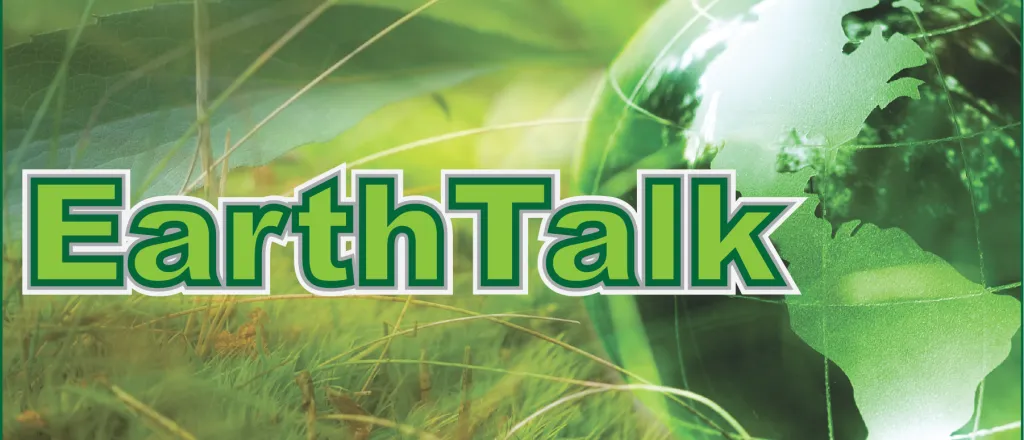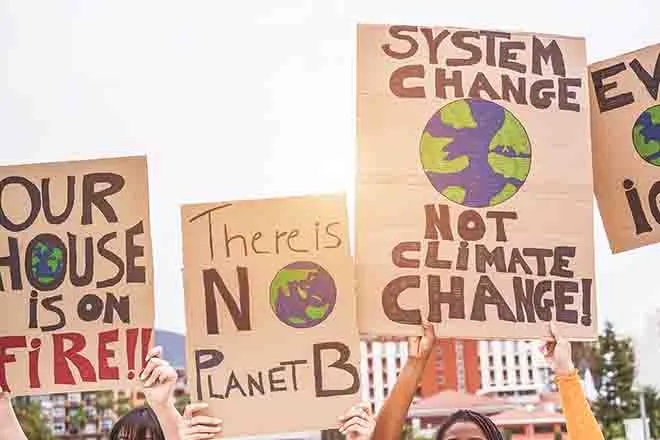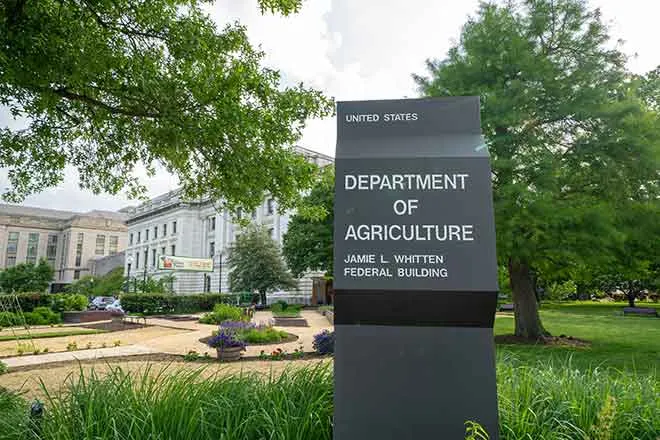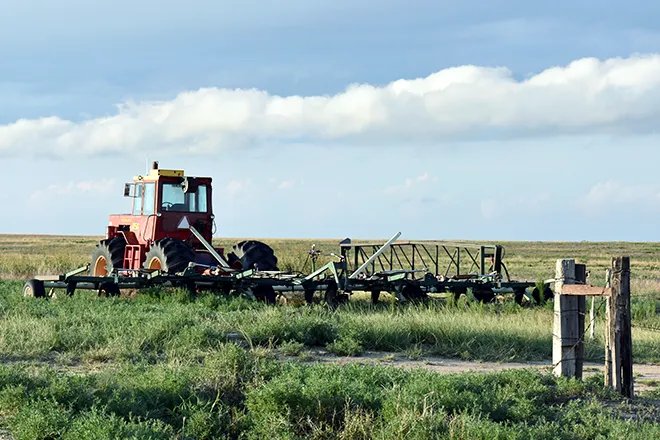
EarthTalk - How are jaguars in Central and South America faring today?
©
Dear EarthTalk:
How are jaguars in Central and South America faring today?
L.J., Albany, NY
Even though the Amazon remains a stronghold for jaguars, even their numbers their have declined significantly. The United Nations Environment Programme (UNEP) reported in 2018 that numbers had fallen to 64,000 from over 100,000, due to factors such as habitat fragmentation from development and direct hunting by traffickers.
In fact, the jaguar—the biggest wild cat in the Americas—is classified as ‘Near Threatened’ on the IUCN Red List, an international tally of threatened and endangered plant and animal species. However, what’s unique about the jaguar’s classification is the variation in threat level among different jaguar population locations. For example, the largest stronghold of jaguars, the Amazon, is classified as ‘Least Concern’-- meaning that jaguars in this location are expected to experience little-to-no population regression.
However, all other habitats with significant jaguar populations—like the forests and tropical savanna of Brazil, northern Argentina, parts of Venezuela and Guyana, the coastal dry forests of Venezuela and some portions of Central America and Mexico—range from Endangered to Critically Endangered categories.
While jaguars are not entirely out of danger, improvements in their natural habitats—driven by advocacy, regulatory efforts and innovative conservation strategies like "rewilding"—are making a difference. Rewilding involves caring for jaguars facing extreme conditions, such as malnutrition or early separation from family, until they recover and can rejoin others in the wild. Also, in some habitats in Brazil, protecting land from development, monitoring and researching existing populations and partnering with local stakeholders to reduce human interference have allowed for the rebound of the jaguar population.
With the widespread use of these jaguar conservation strategies, populations have grown rapidly, even in the previously most critically threatened locations. Gerardo Ceballos, founder of Mexico’s National Alliance for Jaguar Conservation, stated “It was incredible to see jaguars in so many places where there weren’t any before... Local people have been critical. When they have the funding and incentives to protect the forest, they become the most important ally.”
With the resurgence of jaguar populations, up into the 100,000s, or even the 120,000s in some generous estimates, it’s clear that local cooperation as well as world-wide awareness and support for the repopulation and growth of jaguars is vital. Togetherness is the key: Advocate for conservation efforts, spread awareness and work with other like-minded individuals to support jaguar conservation efforts.
CONTACTS
- Saving the jaguar, Latin America’s iconic – and endangered – species, unep.org/news-and-stories/story/saving-jaguar-latin-americas-iconic-and-endangered-species.
EarthTalk® is produced by Roddy Scheer & Doug Moss for the 501(c)3 nonprofit EarthTalk. See more athttps://emagazine.com. To donate, visit https://earthtalk.org. Send questions to: question@earthtalk.org.
















